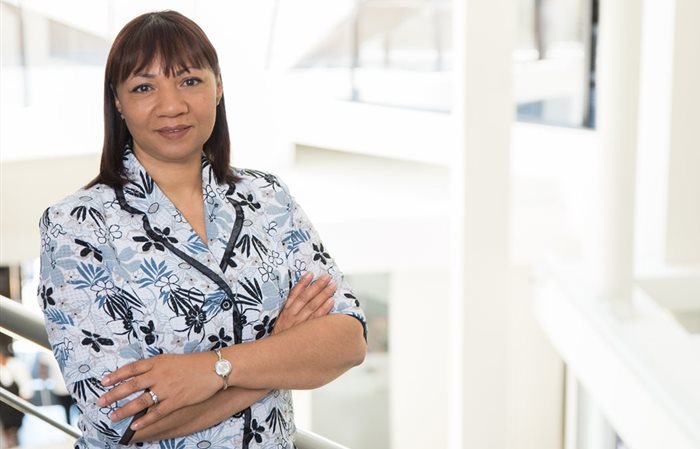Marketing & Media trends
Industry trends
BizTrends Sponsors
Trending





 Era of first-party data dawns as the data cookie crumblesLindsey Schutters
Era of first-party data dawns as the data cookie crumblesLindsey Schutters
#BizTrends2023: Top beauty and healthcare trends to watch in 2023 and beyond

Today’s consumers crave great customer experience above all else. They expect excellent customer service that is provided hassle-free, efficiently, consistently, and repeatable across all product and service distribution platforms – be it physical, virtual or augmented channels.
As the world moves beyond the Covid-19 pandemic, stakeholders in the health and beauty industry, investors and consumers alike, can look forward to an improved industry with accelerated product and productivity enhancements.
The next phase of growth and new customer acquisition will be rewarding to those who are stepping it up in order to strategically position themselves consistently ahead of their peers. To achieve this, industry leaders will have to pay considerable attention to the four key trends that will facilitate the industry’s next growth wave.
1. Augmented reality shopping
Augmented reality (AR) shopping pivots the shopping experience to the next level. It enables customers to virtually fit and test products through a digital device such as a smartphone or virtual reality set as if they were in the physical store assessing how a particular product could look on their bodies, homes or offices.
According to industry research and intelligence firm The Insight Partners, the augmented, virtual and mixed reality shopping market is projected to reach more than $250bn by 2028.
For us, this includes make-up choices in a digital setting applied to the customer's own profile.
From virtually trying on make-up looks to evidence-based skin analysis, AR and other disruptive technologies are changing how consumers discover, experience, and connect with health and beauty brands.
2. Social commerce
One of the more constants within the retail sector is the ever-shifting consumer behaviour influenced by the sheer salvo of information accessible to consumers.
Social commerce, anchored by the influencer market, provides an opportunity for consumers to receive genuine product or service feedback from their trusted sources.
This trend is already on the rise due to its convenience and non-invasive advertising. It is forecasted to reach $30.73bn in sales in 2023, accounting for 20% of global retail e-commerce sales.
Credible influencer marketing is becoming one of the more sought-after marketing channels for e-commerce brands and retailers due to the rapid return on investment, strategic targeting of the right online audiences, and positive advertising.
3. Hyper-personalisation
To know one’s consumers is to know what those consumers want. But hyper-personalisation isn’t that narrow.
It's about anticipating the needs of your consumers before they even realise that they have those needs, all enabled by the strategic use of AI technology and predictive modelling.
Additionally, providing people with easy and intuitive mechanisms to enrich their shopping experiences through instantaneous interaction, whilst giving them control over the outcomes of that shopping is proving to be gold.
That interactive element, however, is easier to achieve through a physical setting with beauty consultants who can competently attend to a query, whereas the ultimate example of hyper-personalisation in skincare would be creating a formulation that is optimised based on the person's skin profile. This is a game-changer and something that as a leading health and beauty retailer we are watching closely.
4. Natural, clean, and transparent product choices
The move towards more natural and clean products is a global one across sectors. That means the healthcare and beauty sector are neither spared. This presents a massive opportunity for retailers as the global organic skincare market was expected to reach a value of $17.57bn by 2028, at a compound annual growth rate of 8.78% over the forecast period (2022 - 2028), currently valued at $9.75bn as at 2021.
Consumers are now seeking brands that are as transparent in their ingredient schedule as they are natural in their products. This will also open doors and create opportunities for players in the organic skincare manufacturing sector.
Sales of cosmetics that are both free from parabens and claim to be natural are growing five times as fast as those just meeting the paraben-free specification. One example of this is American cosmetics brand Kiehl's, which reformulated its Ultra Facial Cream to remove parabens and experienced a sales bump of $5m. The increase helped it climb into the top five US prestige skincare brands.
As an ever-evolving industry and self-reinventing industry, there remain several other trends we can expect to see as the industry gears up for its next growth phase.
We firmly believe that the aforementioned ones will be key to brands gaining a competitive advantage over their peers, enabling them to attract a diversified consumer base and creating value for investors.







